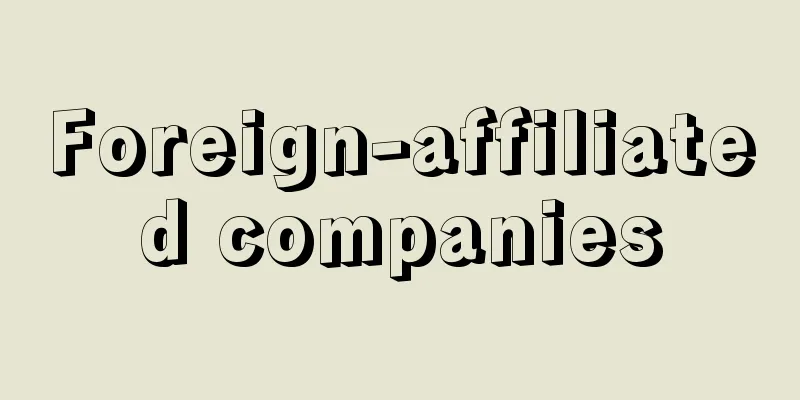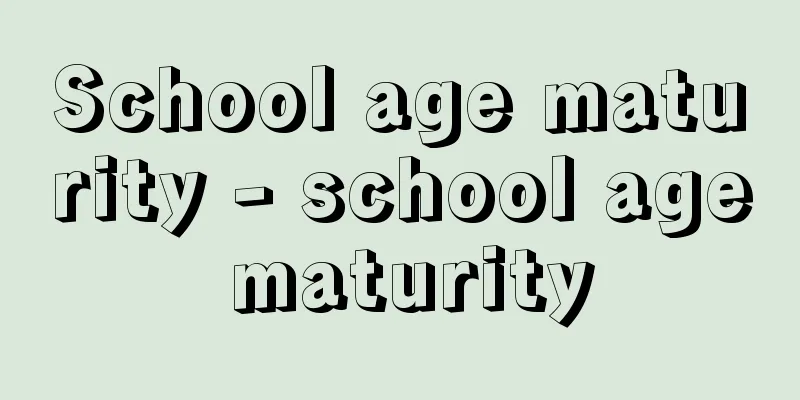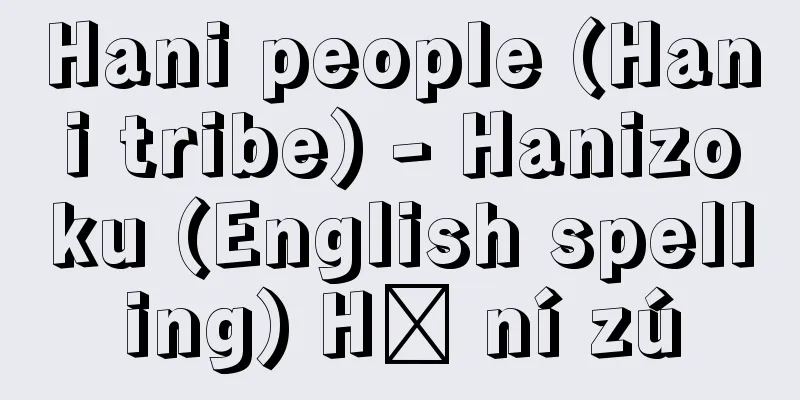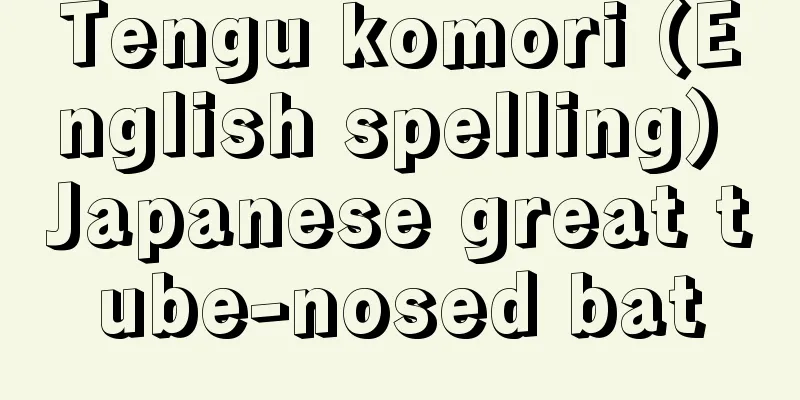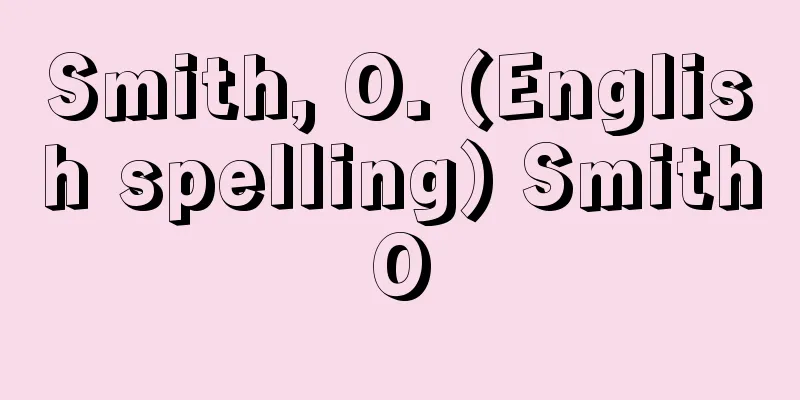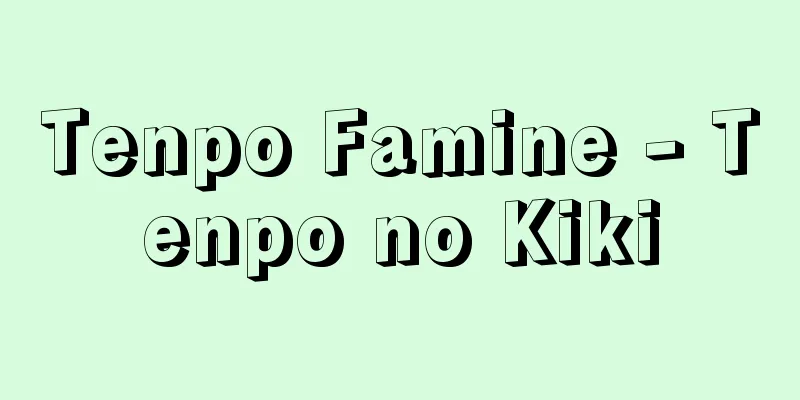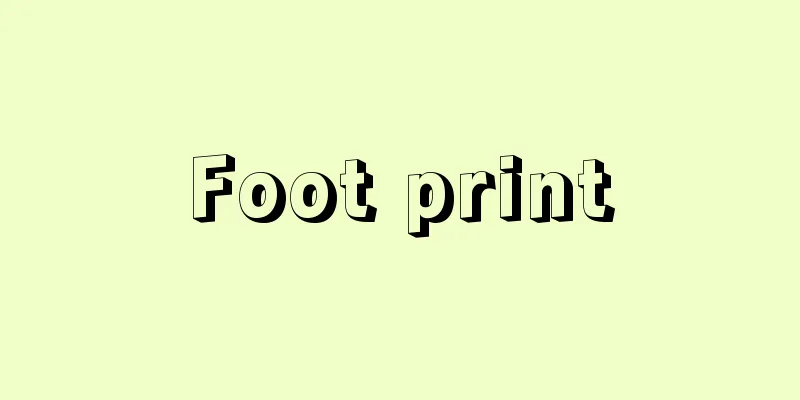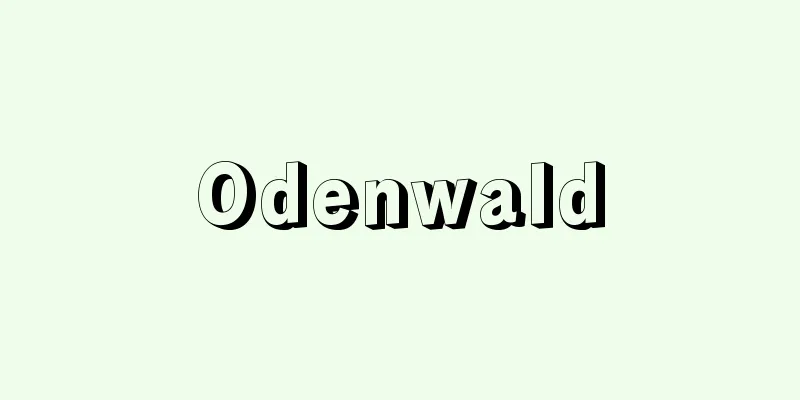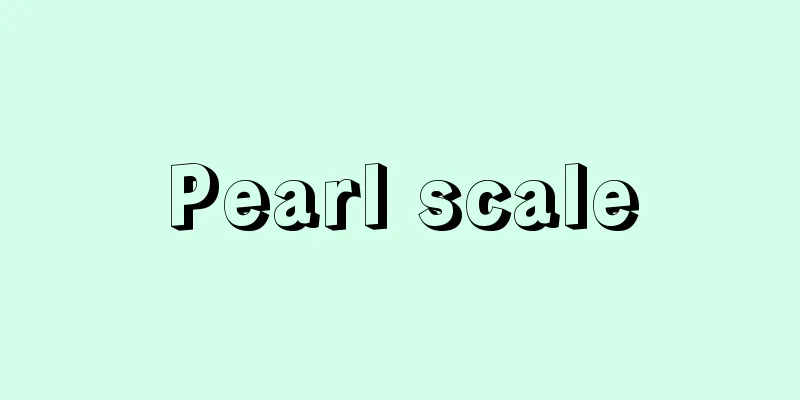Installation - insutare-shion (English spelling) installation
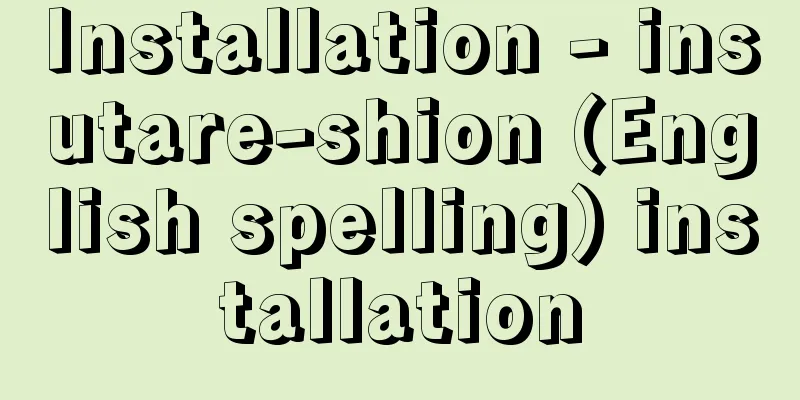
|
Originally meaning "installation, erection," in the field of art, it is used to refer to the act of creating a layered "semantic space" by installing sculptures, sculptures, or other objects in a gallery or any outdoor space. As the beginnings of installation, we can cite the so-called "readymade" works of Marcel Duchamp, who exhibited ready-made products with little modification, and Kurt Schwitters' "Merzbau." Installation techniques are also evident in the pop art of Andy Warhol, who made replicas of packing boxes and stacked them in the exhibition space, turning the gallery space into a warehouse for goods, the so-called earth works, which create works by directly interacting with nature such as the earth, deserts, lakes, and mountain gorges, and Minimalist art (especially sculptures with architectural scale), which pushed geometric abstraction to the extreme and tried to reduce painting and sculpture to their essential elements. This installation technique, which became prominent from the late 1970s, can be said to aim to create a whole that is "imbued with a message" that cannot be produced by a single work of art, through the interaction between objects and their surrounding environment. Representative artists of this technique include Nam June Paik, who manipulates video equipment; Ilya Kabakov, who recreates Russian apartment rooms and abandoned schools; James Turrell, who continues to dig tunnels in the Arizona desert; Christian Boltanski, who creates works that are like archives using documentary photography; and Kawamata Tadashi, who constructs works by assembling building materials and waste materials in city centers and under bridges. The main feature of this installation technique, which evokes what might be called traces of life linked to the various memories of anonymous people, is its remarkable "cross-pollination," in which three-dimensional images with dense narrative qualities fill a certain space and freely cross over a variety of media (painting, sculpture, photography, video, sound, etc.). Furthermore, the installation method of installing arbitrary objects in arbitrary spaces clearly shows the intention of the creators to shift the site of their creation from a closed, private studio to an open, public space. This is because the artistic intention of the creators of the installation is realized only through the very "act" of installation. In this respect, installation is based on the essential act of "installation" in the original sense of the word, and is an activity that inevitably involves "removal." [Hiroshi Murata] [References] | | | | | | | | | |Source: Shogakukan Encyclopedia Nipponica About Encyclopedia Nipponica Information | Legend |
|
本来は「設置、架設」を意味するが、美術の領域では、画廊、もしくは屋外の任意の空間に彫刻や立体、あるいはそのほかの事物を据え付けることによって、重層的な「意味空間」を生み出す行為をさすことばとして用いられている。インスタレーションの萌芽(ほうが)として、既製品をほとんど手を加えずに展示した、マルセル・デュシャンのいわゆる「レディーメイド」の諸作品や、クルト・シュビッタースの「メルツバウ」をあげることは可能であろう。また荷造り用の箱のレプリカ(複製)をつくって展覧会場に積み重ね、画廊空間を商品倉庫に変えたポップ・アートのアンディ・ウォーホル、大地や砂漠、湖や山峡などの自然に直接働きかけて作品を生み出す、いわゆるアース・ワーク、さらに幾何学的な抽象を極限にまで推し進め、絵画や彫刻を本質的な要素に還元しようとしたミニマル・アート(とりわけ建築的なスケールを備えた彫刻)などにもインスタレーション的手法がすでにして明らかである。 1970年代後半から顕著になったこのインスタレーションの手法は、事物とその周囲の環境との相互作用によって、ひとつの作品では生み出しえない、ある「メッセージ性を帯びた」全体をつくりだすことを目ざすものといえようが、その代表者としては、ビデオの映像装置を操るナム・ジュン・パイク、ロシアのアパートの居室や廃校を再現したイリヤ・カバコフ、アリゾナの砂漠地帯にトンネルを掘り続けるジェイムズ・タレル、記録写真によって公文書保管庫(アーカイブ)のごとき作品を生み出すクリスチャン・ボルタンスキー、街なかや橋の下に建築資材や廃材を組み立てて作品を構成する川俣正(かわまたただし)といった作家の名前を逸することはできない。 匿名の人間のさまざまな記憶と結びついた生の痕跡(こんせき)とよぶべきものを喚起させる、こうしたインスタレーションの手法の大きな特色は、濃密な物語性を秘めた三次元的イメージが一定の空間を満たし、かつ、さまざまなメディア(絵画、彫刻、写真、ビデオ、音響など)を自由に横断するという、その際だった「異種交配」ぶりにある。さらに、任意の空間に任意の事物を据え付けるというインスタレーションの方法は、自らの創作の現場を閉ざされた私的なアトリエから開かれた公共空間に置き換えようとする作者たちの意図を如実に示すものともいえよう。インスタレーションの作者たちの芸術的意思は、まさに設置という「行為」によって初めて実現されるからである。この点で、インスタレーションは本来的な語義である「設置」という行為を不可欠の基礎としており、しかも、不可避的に「撤去」を伴う営為なのである。 [村田 宏] [参照項目] | | | | | | | | | |出典 小学館 日本大百科全書(ニッポニカ)日本大百科全書(ニッポニカ)について 情報 | 凡例 |
<<: Instant camera (English: instant camera)
Recommend
Yao people (Yao tribe) - Yao people (English spelling)
An ethnic minority group found in a wide area from...
Technology assessment
It is also abbreviated as TA. It is a method of an...
water purification
…Clean water, water that is safe to drink, has lo...
Minori [town] - Minori
A former town in Higashiibaraki District, central ...
Huang Binhong (Huang Binhong)
1865‐1955 A contemporary Chinese painter. His give...
Labor aristocrat (English spelling)
A class of workers who enjoy higher wages and a s...
Azorín (English spelling)
Born: June 8/11, 1874, Monoval, Alicante [Died] Ma...
primitive recursive function
...In 1931, K. Gödel first formulated it as a pri...
The Bernoullis
As shown in the figure, this Swiss family produced...
Shimazu Sadahisa
Year of death: Joji 2/Shohei 18.7.3 (1363.8.12) Ye...
Yuanjiang - Genko
A river in Hunan Province, China. It belongs to t...
Crossandra nilotica (English spelling) Crossandra nilotica
…[Ichiro Sakanashi]. … *Some of the terminology t...
Brîncoveanu, C. (English spelling)BrincoveanuC
...As the southward expansion policies of Austria...
Kikuoka Kengyo
Year of death: 12 November 1847 (19 December 1847)...
Meighen, Arthur
Born June 16, 1874, near Anderson, Ontario [Died] ...
